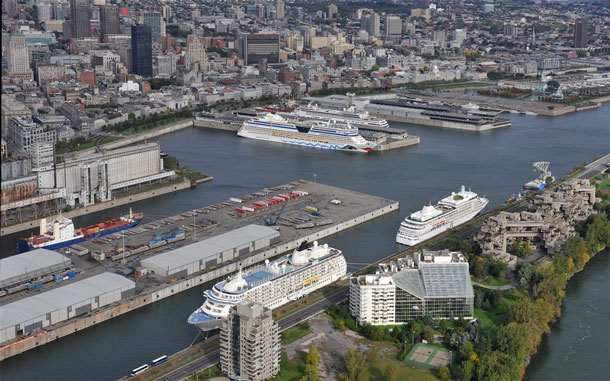Cities are vital to limit global warming because they are home to more than half the world’s population and generate three-quarters of carbon emissions
By Megan Rowling
BARCELONA – Climate – (Thomson Reuters Foundation) – With efforts to make buildings, transport, energy, and waste management greener, cities could cut their planet-warming emissions nearly 90% by 2050, producing close to $24 trillion in returns, a coalition of 50 organisations said on Thursday.
But to realise the benefits of investing in low-carbon infrastructure and services, cities both large and small will need support from national governments, which has often been patchy up to now, they added.
Cities are vital to limit global warming because they are home to more than half the world’s population, produce 80% of gross domestic product and generate three-quarters of carbon emissions, said a report issued ahead of Monday’s U.N. climate action summit.
Low-carbon measures in cities – based on already available technologies such as electric buses – could deliver over half the emissions cuts needed to keep global temperature rise below 2 degrees Celsius (3.6 degrees Fahrenheit) above pre-industrial times, the report said.
“It is possible and realistic to realise net-zero urban emissions by 2050,” U.N. Secretary-General Antonio Guterres said in a statement on the report, which was produced by the Coalition for Urban Transitions.
“But to get there, we will need the full engagement of city governments combined with national action and support.”
Los Angeles Mayor Eric Garcetti told journalists his city had been installing huge amounts of solar power, supporting firefighters grappling with record California forest blazes, and creating jobs in electric and other green transport.
The second-largest city in the United States was pushing forward, he said, despite hostile signals on climate action from President Donald Trump, who wants to quit the Paris Agreement.
“In my country – where the Trump administration is actively pulling us back in the fight against climate change – mayors and cities are still doing the work that serves our residents and our futures,” Garcetti said.
Germany, by contrast, has a national climate initiative that has invested 905 million euros ($1 billion) in 29,000 local projects over the last decade, said environment minister Svenja Schulze.
These range from upgrading street lights to setting up “mobility stations” with bike-parking and car-sharing near public transport stops.
Nicholas Stern, a professor at the London School of Economics and co-chair of the Global Commission on the Economy and Climate, said cities, as “a source of creativity and innovation”, could lead the global response to climate change.
Ramping up investment in adopting renewable energy, ditching dirty construction materials and other low-carbon measures equivalent to 2% of global GDP per year would bring a four-fold financial return by mid-century, he told journalists.
But making cities more liveable, less polluted and easier to get around would also deliver additional benefits in terms of better health, time saved and higher economic growth, he added.
“Compact, connected and clean (cities) are much more attractive, creative, dynamic places to live and work,” he said, adding they would draw in the best talent in a world where labour, capital, and ideas were mobile.
EMERGING ROLE MODELS
The report also highlighted the need for action in fast-expanding urban areas in developing countries, with city populations expected to grow by 2.5 billion over the next 30 years in Africa and Asia alone.
It gave examples of countries and cities that have made big strides in recent years to improve housing, transport, and services for slum residents which also benefit the environment.
They range from Medellin’s famous cable-car system that services deprived neighbourhoods, to doorstep waste collection and recycling that has turned Indore’s smog-ridden streets where people defecated in the open into India’s cleanest city.
Stern said there were many good models for developing-world cities to emulate, while they should also aim to build their own sources of finance – from carbon, property and land taxes – to invest in greener growth.
Sarah Colenbrander, who leads the global programme at the Coalition for Urban Transitions, said efforts to tackle climate change would not work without addressing poverty and inequality among city residents.
To that end, it would be important not to neglect smaller, poorer cities of under 750,000 people, which could provide more than half of projected emissions reductions but lack resources and depend most on national standards and support to transform.
“It really is an opportunity not to be missed,” she added.
($1 = 0.9050 euros)
Reporting by Megan Rowling @meganrowling; editing by Zoe Tabary. Credit the Thomson Reuters Foundation







